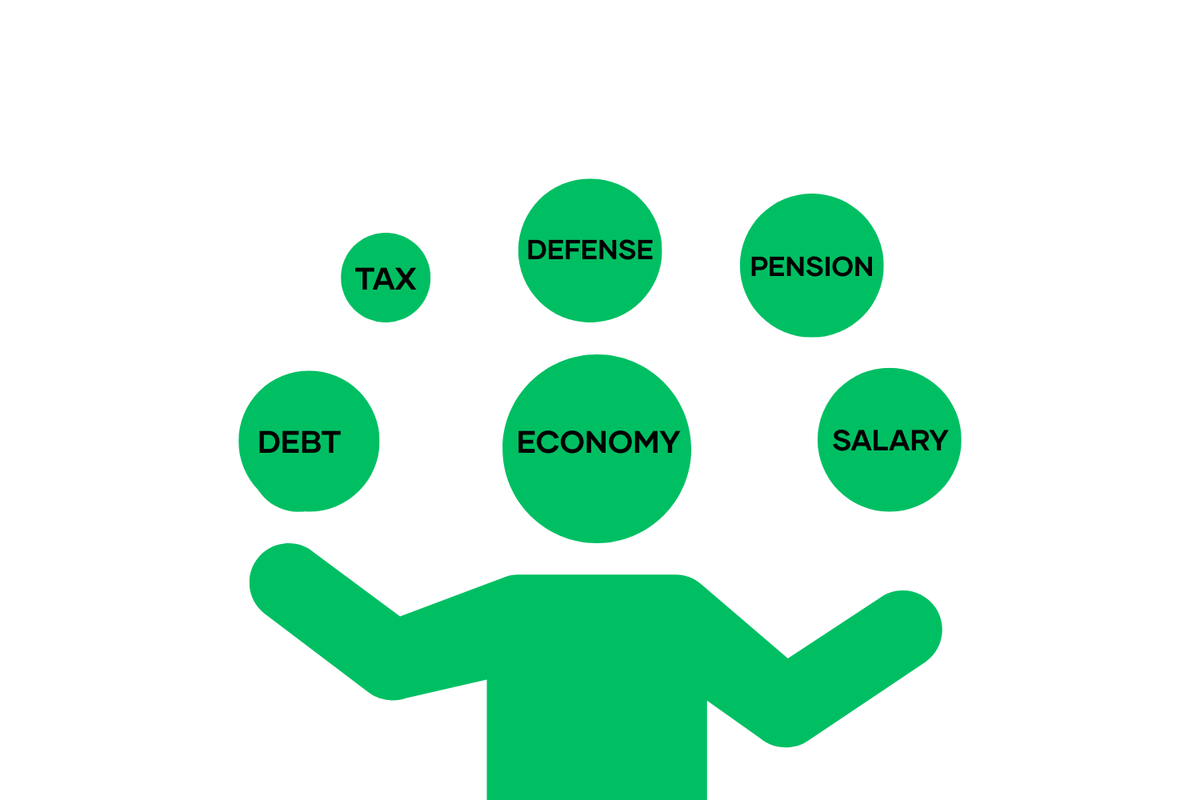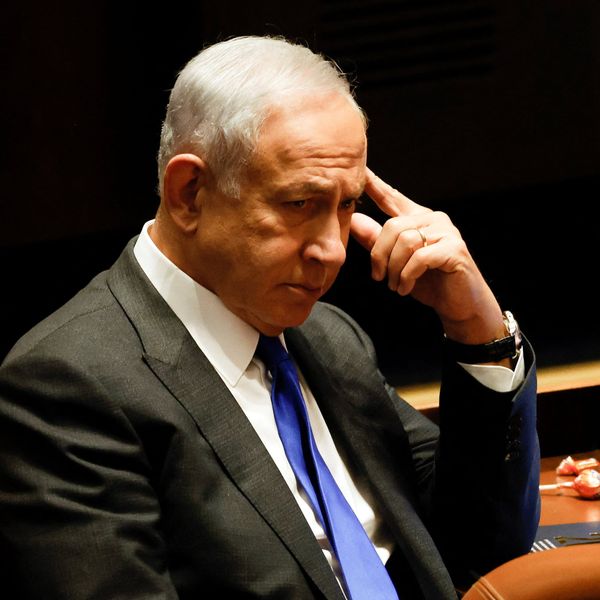Pakistan's economy entrapped in vortex of fiscal futility, strategic despair
Latest budget earmarks 46% of the total revenue towards debt servicing, a figure that appears Sisyphean
Syed Muhammad Shariq Abidi

Pakistan's economy entrapped in vortex of fiscal futility, strategic despair.
Nukta
In the abyssal depths of Pakistan's economy, a Byzantine complex of challenges has precipitated a seemingly insurmountable fiscal quagmire, with a substantial portion of its revenue irretrievably allocated towards debt servicing.
The latest budget has earmarked a staggering 46% of the total revenue towards debt servicing, a figure that appears Sisyphean given the total revenue generation is estimated at around 14 trillion, a target that seems an unattainable mirage. This target is particularly daunting considering the country missed its tax collection target by PKR 1.3 trillion in the last fiscal year, as set by the IMF, thereby underscoring the gravity of the fiscal predicament.
The defense budget and pensions also account for a significant share of the revenue, further reducing the amount available for public sector development and infrastructure.
The recent 400% increase in salaries of bureaucrats, judges, and parliamentarians has added to the burden on the exchequer, sparking debates about the prudence of such measures in the face of economic adversity. The economy appears to be careening towards a precipice, with the government's policies exacerbating the existing challenges.
Squeezing the common man
Meanwhile, the government is increasing taxes and withholding tax rates, which will further squeeze the common man. The recent increase in withholding tax from 15% to 20% will likely have a negative impact on the already taxed citizens, potentially exacerbating the economic hardship faced by many. The promotion of the equity market, which has crossed 130,000 points, seems to benefit a select few, while the common man is left to bear the brunt of inflation and taxation. The economy's future appears bleak, with the government's policies likely to widen the chasm between the haves and have-nots.
The current economic trajectory is unsustainable, and the government needs to reevaluate its priorities and budgetary allocations to ensure a more equitable distribution of resources. However, the question remains whether the government's policies will yield the desired results or exacerbate the existing challenges. The economy's fate hangs in the balance, with the government's decisions likely to determine the course of the nation's future.
Pakistan's economy is facing significant challenges, with the rupee trading at around 283.97. The rupee has depreciated significantly since the regime change, from 230 to 284, a depreciation of PKR 54. Researchers are suggesting that the rupee might go beyond 300, which would have severe implications for the economy.
The economy's instability is likely to have far-reaching consequences, with the potential to destabilize the entire financial system. The trade deficit for the last fiscal year was $26.3 billion, indicating a significant gap between exports and imports. Despite efforts to increase exports and discourage imports, the country is struggling to achieve a favorable trade balance.
Remittances: A lifeline
However, the current account is at a sustainable level primarily due to remittances from Pakistanis abroad, which have been a lifeline for the economy. The economy's reliance on remittances is a double-edged sword, providing temporary relief but also underscoring the need for structural reforms.
The government's monetary policy is aimed at managing inflation, but the base effect will soon wear off. Moreover, a recent hike in gas and fuel prices will likely fuel inflationary pressures. These factors indicate that controlling inflation won't be an easy task for the government. The current CPI inflation rate of 3.2% for June masks a concerning disparity between urban and rural areas, with urban inflation at 5.3% and rural inflation at 3.2%. This suggests rapid urbanization and strong demand-side pressures in cities, which could have significant implications for the country's economic and social stability, particularly if inflation continues to disproportionately affect urban areas.
Some argue that the rupee's depreciation is a deliberate attempt to boost GDP growth by making exports more competitive. However, this argument is contentious, as a weaker rupee also makes imports more expensive, which could exacerbate the trade deficit and lead to higher costs for essential imports. Given Pakistan's significant trade imbalance, the net effect of a weaker rupee on economic growth may be negative.
Furthermore, the depreciation of the rupee has raised concerns about the distribution of wealth. Some believe that the elite and bureaucrats, who hold investments in dollars, are becoming richer, while the common man, with limited resources and savings in rupees, is getting poorer. This perceived disparity in the impact of economic policies on different segments of society warrants closer examination.
Rate cut on the cards?
The money market in Pakistan is currently riding on the yield curve, with market players positioning themselves for a rate cut. The expectation of a 1% rate cut is already priced in, in line with the prime minister's consistent statements that the policy rate should be kept in single digits, and the current policy rate is around 11%. This indicates that market participants are anticipating a rate cut that would still be consistent with the government's. A different approach can be seen in India's experience, where the policy rate is 6.56%, the 6-month T-bill rate is around 6.90%, and the 10-year floater is at 8.05%.
This approach highlights a stark contrast in economic management between the two countries, with Pakistan facing significant challenges in stabilizing its economy. Pakistan is also among the lowest-ranked countries in terms of debt-to-saving ratios, further underscoring the need for prudent economic policies.
Pakistan's current foreign exchange reserves are hovering around $19.9 billion, and it is crucial for the Ministry of Finance, State Bank of Pakistan, and think tanks to prioritize building a more comfortable level of foreign exchange reserves through attractive investment policies. Once the reserves are at an appropriate level, the government can consider other economic measures, such as monetary easing or growth initiatives. A stable exchange rate will provide a foundation for sustainable economic growth and help mitigate external shocks.
* The author is director treasury at BMA Capital and has held leadership roles at JS Bank, Silk Bank, NIB Bank, Standard Chartered, and Union Bank.
* The views expressed in this article are those of the author and do not necessarily reflect the editorial policy of Nukta







Comments
See what people are discussing